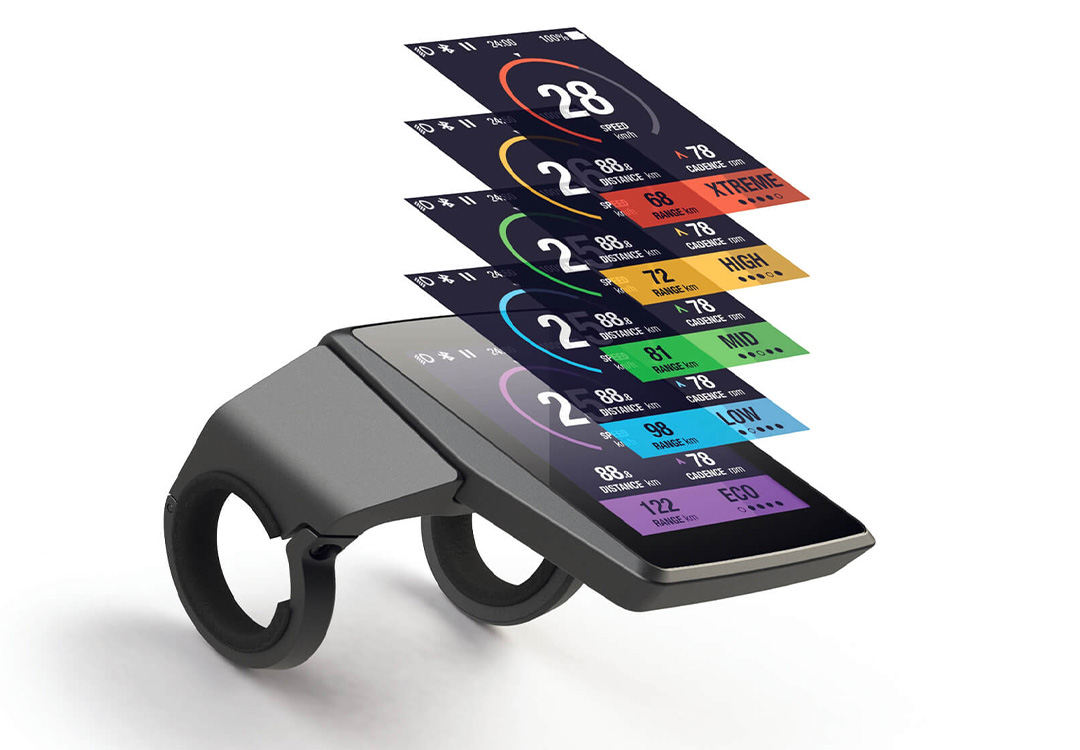
Designing a next-gen digital ebike cockpit
Overview
The e-bike market is changing. What used to be a market characterized by the bike frame and components, is rapidly becoming one defined by the drive system, i.e. the motor, battery and control unit. These drive systems are typically developed by third parties. Haibike set out to challenge this status quo and develop their own drive system, with the goal of creating a unified brand experience and consolidating their position as global leader in premium e-bikes.

✓ Designed and developed the Haibike Flyon Cockpit – a completely integrated drive system for Haibike’s range of premium e-bikes
✓ Delivered an HMI that is fully integrated into the bike’s internal drive system, giving the user a high degree of accuracy and control over every ride
✓ Nominated for the 2019 UX Design Awards
The idea
Star was tasked with designing and developing a next-generation digital e-bike cockpit for Haibike. The goal was to create a consistent, scalable UI structure, with an interactive interface that is intuitive and fun to use.


Project
Star followed a user-centered design process to create a dynamic UI. Working within the confines of the cockpit’s compact display size, remote control navigation and modest storage capabilities proved challenging. To address these issues, Star utilized a responsive grid layout, a clean visual design and repeat elements and interactions throughout the UI.
The responsive layout scales elements and adjusts them in sync with the rider’s context. This ensures riders can get the information they need at a glance, regardless of the ride environment. For example, during fast-paced rides, the speed gauge scales to occupy the greatest portion of the display, pushing away lesser used information until it becomes relevant.

Project scope
Service Lines
Ideation
Co-creation workshop
Design
HMI prototype development
Share
Share

